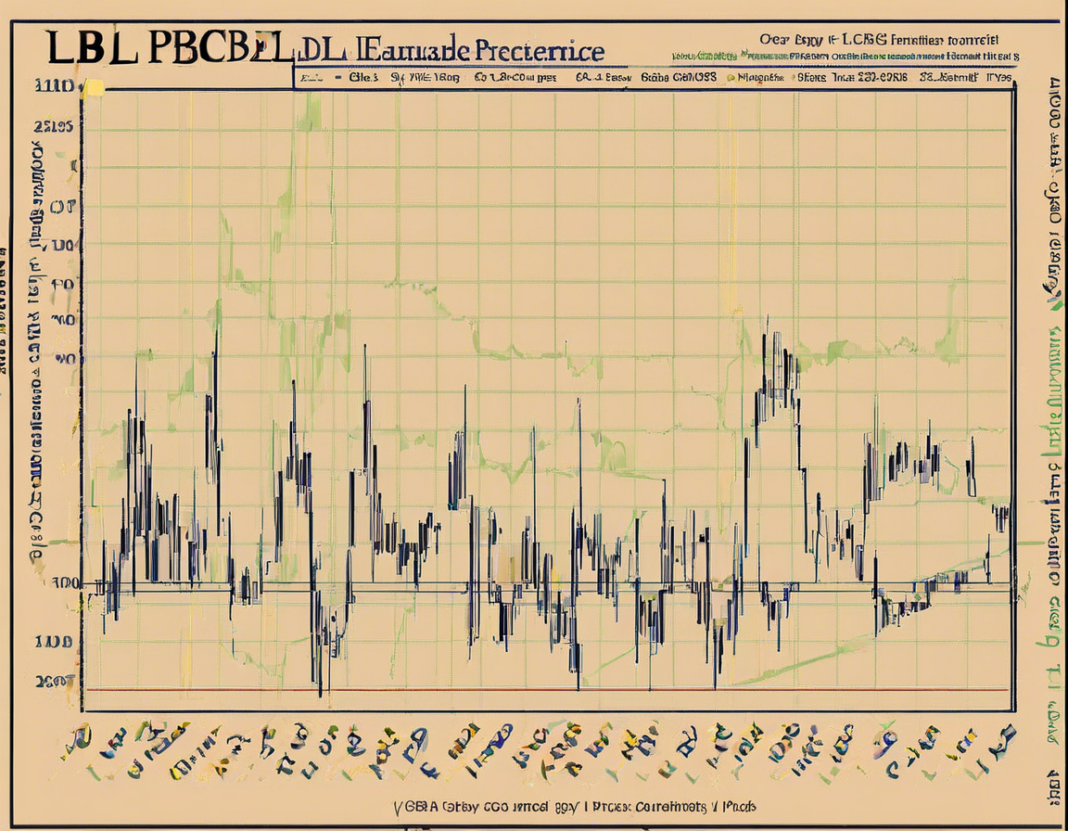Investing in the stock market can be an exciting endeavor but also filled with uncertainties and risks. One crucial aspect of stock investing is understanding share price trends and knowing how to analyze them. In this article, we will delve into the world of share price trends by using Puneet Comboni Bin Lakri Limited (PCBL), a fictional company, to illustrate key concepts and strategies.
Understanding Share Price Trends
What are Share Price Trends?
Share price trends refer to the historical movement of a company’s stock price over a specific period. Monitoring share price trends helps investors identify patterns, predict future movements, and make informed decisions.
Factors Influencing Share Price Trends
Several factors can influence share price trends, including:
- Economic Indicators: GDP, inflation rates, interest rates.
- Company Performance: Revenue, earnings, growth prospects.
- Market Sentiments: Investor confidence, geopolitical events.
Analyzing Share Price Trends
Technical Analysis
Technical analysis involves studying past market data, primarily price and volume, to forecast future share price trends. Common tools used in technical analysis include moving averages, RSI (Relative Strength Index), and MACD (Moving Average Convergence Divergence).
- Moving Averages: Help smooth out price fluctuations and identify trends.
- RSI: Measures the speed and change of price movements.
- MACD: Shows the relationship between two moving averages.
Fundamental Analysis
Fundamental analysis focuses on a company’s financial health and market position to evaluate its intrinsic value. Key metrics in fundamental analysis include earnings per share (EPS), price-to-earnings (P/E) ratio, and debt-to-equity ratio.
- EPS: Indicates a company’s profitability per share.
- P/E Ratio: Compares the stock price to earnings per share.
- Debt-to-Equity Ratio: Reflects a company’s debt relative to its equity.
Sentiment Analysis
Sentiment analysis involves gauging investor sentiment and market outlook through news, social media, and analyst reports. Positive sentiment can drive share prices up, while negative sentiment can lead to declines.
The Case of PCBL
Let’s analyze the share price trends of PCBL to apply the concepts discussed.
Historical Share Price Trends
PCBL’s stock price has shown steady growth over the past five years, outperforming industry peers. This positive trend can be attributed to consistent revenue growth and effective cost management.
Technical Analysis of PCBL
By applying technical analysis tools to PCBL’s stock chart, we see a bullish trend with prices consistently above the moving averages. The RSI and MACD indicators also suggest a strong buying momentum.
Fundamental Analysis of PCBL
Fundamentally, PCBL boasts a healthy EPS, low debt-to-equity ratio, and attractive P/E ratio compared to competitors. These factors indicate a solid financial position and growth potential.
Sentiment Analysis of PCBL
Market sentiment towards PCBL is largely positive, with analysts forecasting continued growth based on upcoming product launches and expansion into new markets. Social media discussions also reflect a bullish outlook on the stock.
Strategies for Share Price Trend Analysis
Diversification
Diversifying your investment portfolio can help mitigate risks associated with share price trends of individual stocks. Allocate funds across different sectors and asset classes to spread risk.
Research and Education
Stay informed about market trends, economic indicators, and industry news to make informed investment decisions. Continuous learning and research can enhance your share price trend analysis skills.
Long-Term Perspective
While short-term price fluctuations can be volatile, adopting a long-term investment perspective can help ride out market volatility and benefit from compounding returns.
FAQs on Share Price Trends
-
What is a bearish trend in share prices?
A bearish trend is characterized by a series of declining prices, indicating a downward movement in the market. -
How can I use moving averages in share price trend analysis?
Moving averages help smooth out price fluctuations and identify trends by calculating average prices over a specific period. -
What role does market sentiment play in share price trends?
Market sentiment reflects investors’ emotions and outlook towards a particular stock, influencing its price movement. -
How can I differentiate between a temporary price dip and a long-term downtrend?
Conducting thorough fundamental analysis can help distinguish temporary fluctuations from sustained downtrends by evaluating a company’s financial health. -
Is share price trend analysis solely based on historical data?
While historical data is essential, combining it with technical, fundamental, and sentiment analyses provides a holistic view of share price trends.
In conclusion, mastering the art of share price trend analysis requires a blend of technical, fundamental, and sentiment analysis to make informed investment decisions. By understanding the factors influencing share prices, employing appropriate analysis techniques, and staying informed, investors can navigate the market with confidence and potentially maximize their returns.




